Dazzling Draconids: Photos of a 2011 Meteor Shower
The Draconids
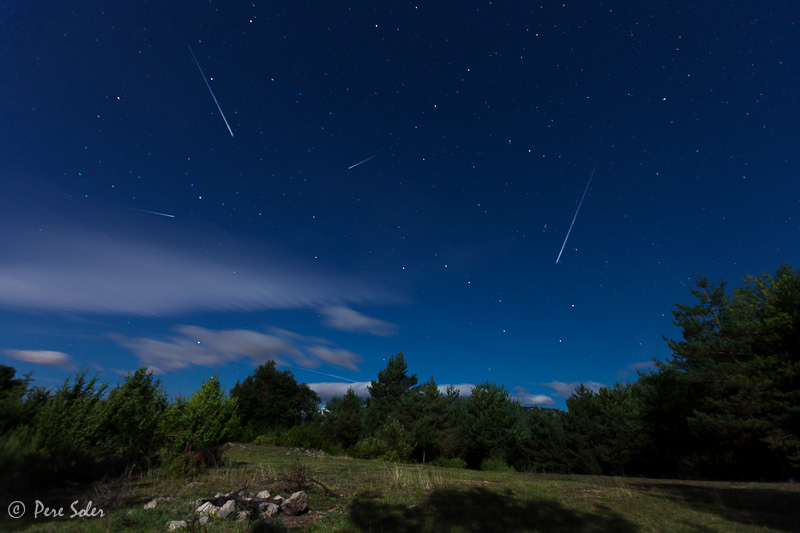
The Draconid meteor shower, which peaked the second weekend of October in 2011, is normally very faint. The 2011 shower was expected to be more active than usual, but a full moon and a daytime meteor peak limited viewing. Nonetheless, photographer Pere Soler captured this image of some of the Draconid shooting stars.
Comet Giacobini-Zinner
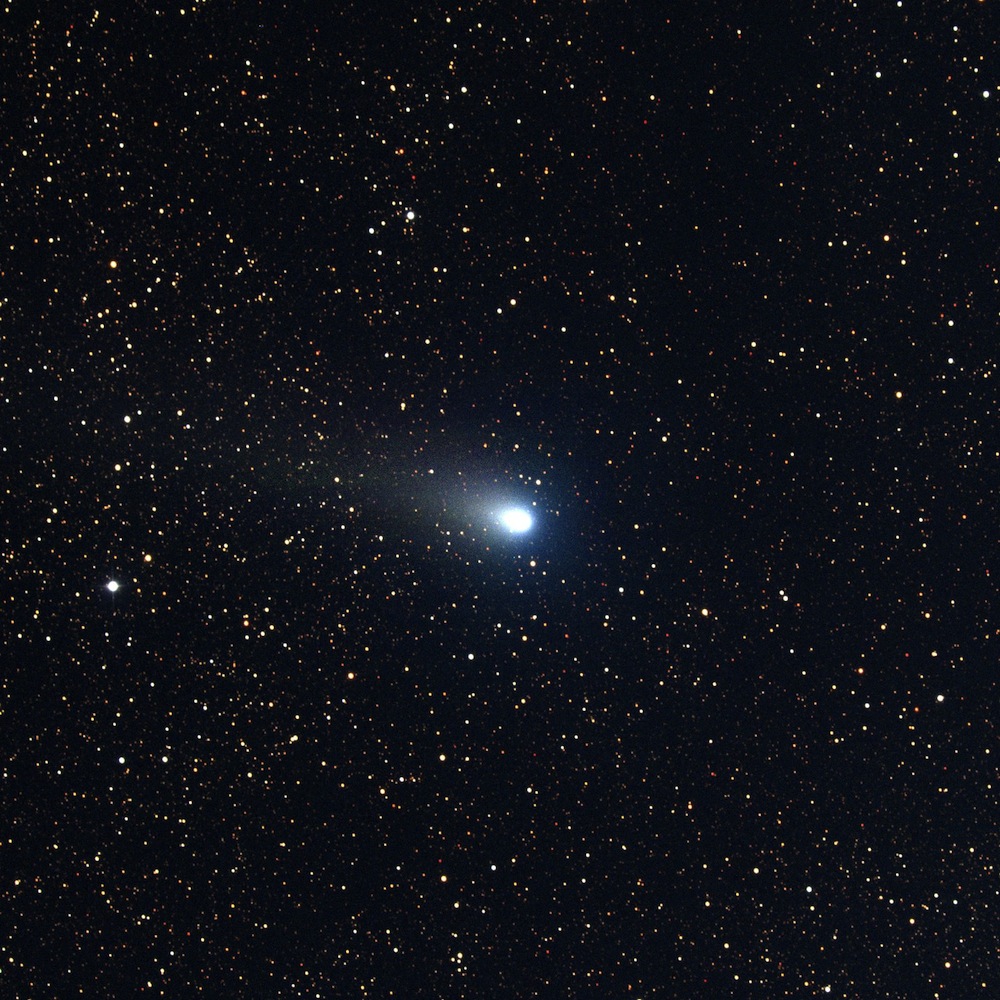
Comet Giacobini-Zinner, captured by the Kitt Peak 0.9-meter telescope in 1998. This comet lays down the dust and debris tracks that Earth passes through each fall, creating the Draconid meteor shower.
Curtains of Color
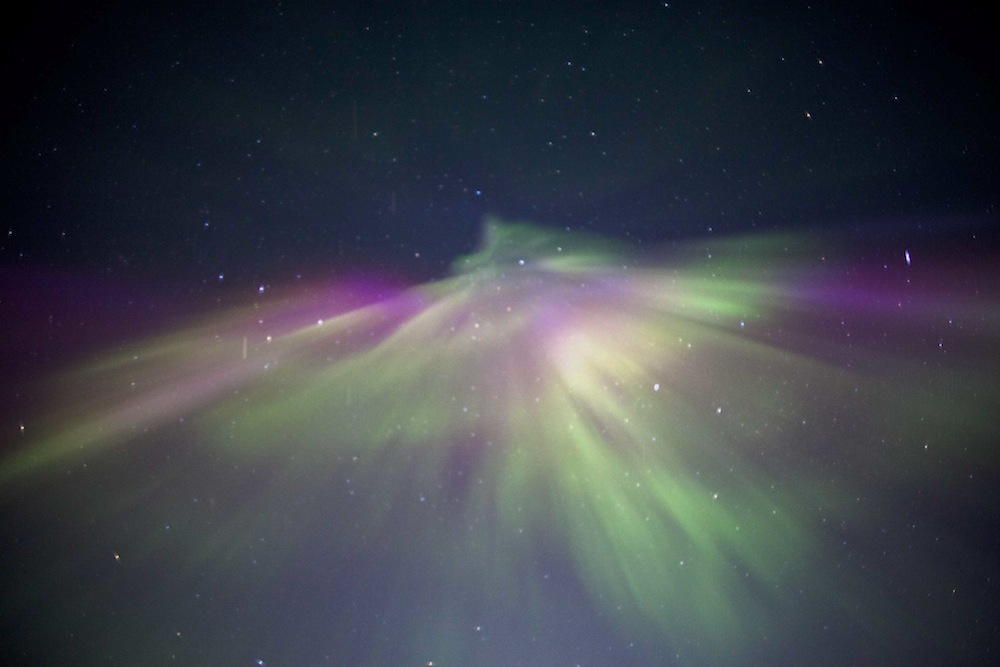
Meteors mix with the aurora in this shot taken in Greenland. Photographer Ed Stockard writes, "The timing of the maximum Draconid meteor shower over the Greenland ice sheet was not perfect. Darkness fell shortly after the show would have been subsiding. At 72 north darkness does not come swiftly as the sun dives diagonally past the horizon, unlike an equatorial sunset where it will plunge vertically into darkness. Mostly the Draconid meteors were invisible to the eye but showed faintly along side an awesome display of auroras. This shot shows several suspected meteors."
Greenland Sky

A draconid meteor is visible in the upper right quadrant of this photograph of the northern lights taken in Greenland.
Dashing Draconid Caught on Film
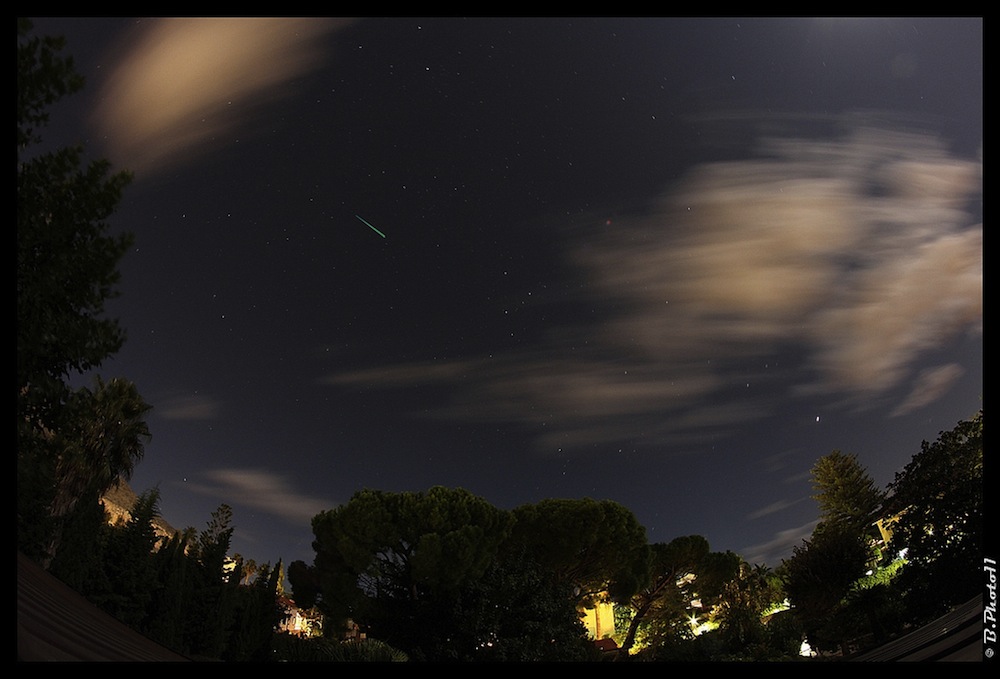
Although a waxing moon washed out the view of much of this year's Draconid meteor shower, a photographer in Palermo, Italy captured this shooting star on October 8. The 2011 Draconids were expected to be heavier than usual, because Earth passed directly through several strands of debris left behind by a passing comet. But the showers hit their peak while North America was in full daylight, and European skywatchers had to contend with a bright moon.
Fire in the Sky

Reddish fireballs are visible in this long-exposure photograph of the night sky taken in France. These bits of light are draconid meteors streaking through the atmosphere.
Atmospheric Burn-Out
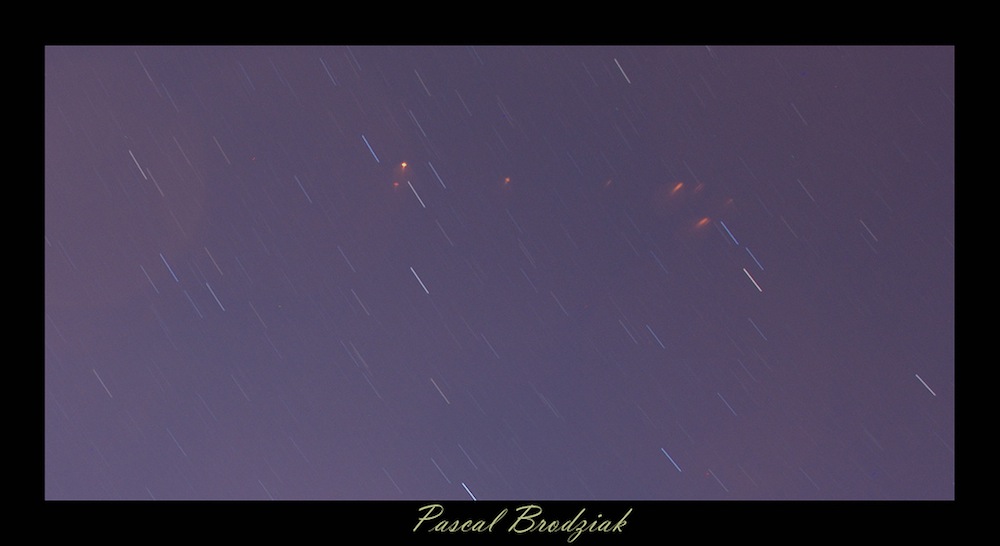
A cropped look at a batch of Draconid meteors entering the atmosphere over France.
Get the world’s most fascinating discoveries delivered straight to your inbox.

Stephanie Pappas is a contributing writer for Live Science, covering topics ranging from geoscience to archaeology to the human brain and behavior. She was previously a senior writer for Live Science but is now a freelancer based in Denver, Colorado, and regularly contributes to Scientific American and The Monitor, the monthly magazine of the American Psychological Association. Stephanie received a bachelor's degree in psychology from the University of South Carolina and a graduate certificate in science communication from the University of California, Santa Cruz.


